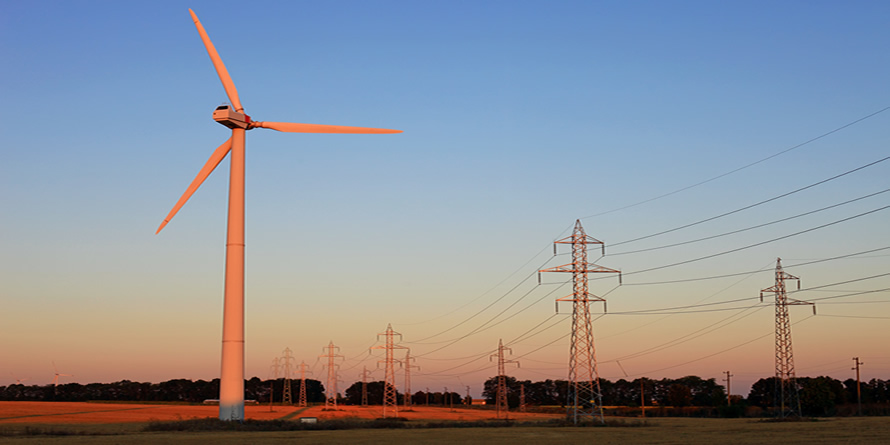Posted on: 29/08/2019
Ahead of Edie’s energy event ‘A smarter, flexible energy system: Where next for the UK’, Head of Strategic Sales, Mike Watts takes a look at the how the energy system is becoming decentralised and where future opportunities lie.
As the UK heads towards the Net Zero target for 2050, National Grid have already said that more needs to be done if that goal is to be reached. Over the years, the Renewables Obligation, Feed-in Tariff and other support schemes such as Electricity Market Reform have made big differences to the make-up of generation on the system, but as support schemes have been withdrawn, we need to find new ways of helping these technologies reach grid parity – the point at which electricity can be generated from these technologies at the same price as generation without support.
The greater levels of renewables we’ve seen in the UK can only be held up as a success story, but, that does still come with its own challenges. As balancing the grid becomes more difficult due to the intermittency of that kind of generation, both gas peaking plant and storage will be needed to fill the gaps where conditions aren’t right for renewable generators.
In view of this increased supply intermittency, storage will surely be key in enabling the smart, flexible system. Moves have been made to help the technology deploy, such as defining the technology as generation, as well as various industry code modifications which are designed to address how storage pays for using the electricity networks. However, some industry players have argued that the government’s rhetoric on batteries has not lived up to reality. For example, the decision to increase VAT on home batteries from 5% to 20% means that the business case for storage remains challenging, which is why gas peaking plant offers an economically viable alternative on our journey towards net zero.
These two technology types work so well because they can respond to events so quickly. Having more generators and batteries on distribution networks will also enable future Distribution System Operators to manage local issues, as well as reduce over-reliance on larger, centralised installations.
Decentralised local flexibility markets are going to be important in helping to bring forward these kinds of projects. Making the case for new generation will rely on being able to access a number of opportunities without the traditional support of subsidies. Wholesale market opportunities and Capacity Market contracts are two options already available, but the opening up of the Balancing Mechanism to distribution connected assets, flexibility markets and initiatives like Project TERRE (Trans European Replacement Reserves Exchange) will help create the additional opportunities required to further decarbonise our networks. End users capable of providing Demand Side Response (DSR) or using Behind the Meter generation will also be well placed to take advantage of these opportunities.
Due to these initiatives, value will often materialise close to real time. This approach therefore requires sophisticated optimisation solutions, capable of both dynamically monitoring the market conditions and data, as well as acting quickly to capture these opportunities.
The future landscape then, is low-carbon, local and led by data. The transition is already happening, but barriers still remain, so smart businesses and energy leaders need to both understand the changes still required and also be poised to deliver the smart, flexible system.
Find out more about Edie’s Industry Briefing and Roundtable event here.

 United States
United States Australia
Australia






